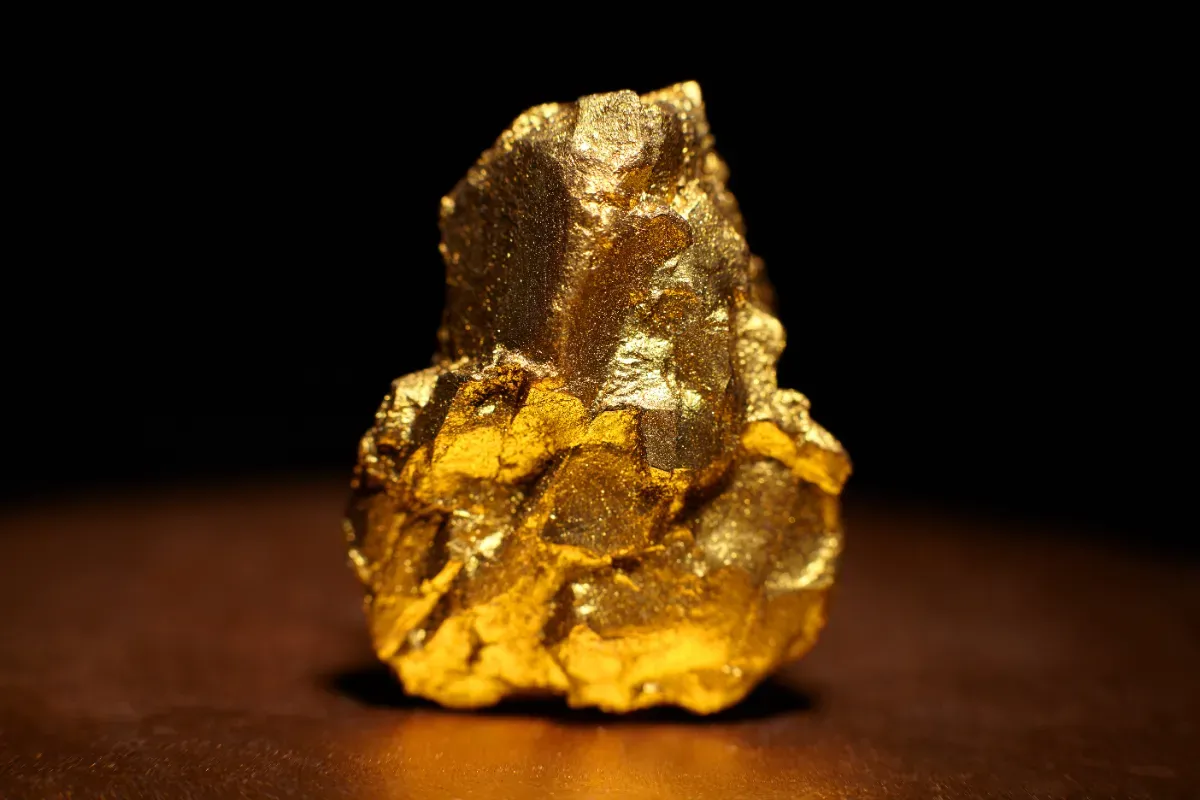Geologists Make an Unimaginable Discovery: Over 1,000 Tons of Gold Hidden Underground

A breakthrough for the mining world and the global economy, a massive gold deposit has been found in Hunan, China. Dubbed the Wangu gold field, early estimates suggest it could hold over 1,000 metric tons of gold worth around $600 billion. This find not only shines a light on China’s rich geology but also sets the stage for the country to play a big role in the worldwide gold scene.
Discovering the Wangu Gold Field
The potential at the Wangu site is off the charts, with about 300 tons of gold already identified near the surface. The Geological Bureau of Hunan Province and the Hunan Provincial Institute of Geology have led the charge on this exploration. Their detailed field surveys have spotted more than 40 gold-bearing veins at depths of roughly 6,560 feet, with signs of gold continuing down to 9,840 feet.
This initial phase turns an interesting idea into something that can be thoroughly tested. The ore grade, measured in grams per metric ton (g/t) of ore, is a key indicator in deciding if mining the deposit is worthwhile. In fact, some rock cores even showed visible gold, with the best sample grading nearly 138 g/t around the 6,560-foot level.
Geology and Comparisons
The Wangu find sits in the Jiangnan orogen—a region shaped by ancient crust collisions and breaks—making northeastern Hunan a hotspot for gold. Earlier estimates pegged the area at over 315 tons of resources, noted for its quartz veins, altered slates, breccias, sericitization, and carbonation.
To put it in perspective, South Africa’s South Deep mine is known to have about 27.998 million ounces of proven and probable reserves, or roughly 870 tons. This puts the potential of the Wangu field into sharp focus when thinking about global gold stores.
Cutting-Edge Exploration Techniques
The teams on the ground have used some pretty advanced methods—logging tens of thousands of feet of core samples and mapping out structures with 3D models—to track down the gold veins hidden deep underground. Chen Rulin, an ore-prospecting expert with the Geological Bureau of Hunan Province, pointed out that many of the drilled rock cores show visible gold, which bodes well for future mining efforts.
The average grade, along with how consistently and thickly the gold is distributed, will help decide if developing this deposit into a mining operation is feasible. Engineers are zeroing in on sections that are thick, consistent, and close to current infrastructure to help keep costs in check.
Looking Ahead
Mining at these depths brings its own set of challenges, like managing heat, handling high water pressure, and ensuring proper ventilation—all factors that hike up operational costs. That means keeping a steady ore quality is just as important as having high-grade deposits. The cutoff grade will naturally climb with these extra expenses, so the focus is on richer zones where the returns make sense.
As further drilling and testing continue, the estimates of the deposit may evolve, and converting these findings into reserves is key before moving into mine design and sorting out permits and financing. If everything pans out, this project could really boost China’s standing in the mining world.
The Wangu discovery isn’t just a massive geological find—it could also open the door for China to widen its reach in global commodities markets. As new details emerge, everyone from investors to industry watchers will be keeping an eye on how this gold-rich prospect turns into real-world wealth.